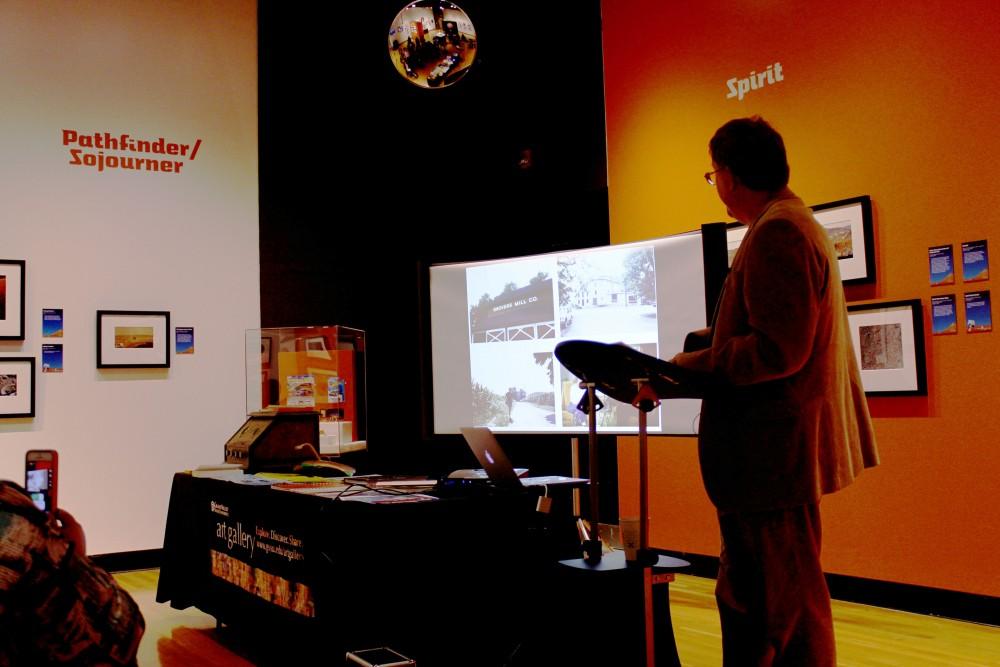GV hosts presentation on famous War of the Worlds radio broadcast

GVL / Daniel Pacheco
Oct 22, 2018
Modern entertainment comes in a huge variety of mediums, such as television, video gaming and even futuristic forms such as virtual reality. However, the modern home entertainment scene has its roots in the radio. From as early as the 1910s, radio has been a mainstay of entertainment and news, and one of the most notorious and important steps for radio entertainment was Orson Welles’ controversial broadcast of War of the Worlds.
War of the Worlds, a story describing a Martian attack upon planet Earth, was originally published as a novel by H.G. Wells to a high degree of popularity, prompting a young Orson Welles to produce a radio drama based on the novel for his program The Mercury Theatre on the Air. The broadcast, which took place on Oct. 30, 1938, prompted widespread panic from listeners who believed the story to be actual news, and to this day, the broadcast is looked at as a crucial point in the history of radio, home entertainment, and broadcast in general.
On Oct. 17, 2018, Grand Valley State University hosted an event discussing this broadcast, with Professor Glen Swanson as the featured speaker. Swanson, aside from being a talented writer, historian and physics instructor, is a War of the Worlds super fan, who owns a huge array merchandise and memorabilia pertaining to the story.
According to Stacey Burns, programs manager for the GVSU Arts Department, Swanson “enjoys War of the Worlds because it plays on our most basic fears and vulnerabilities,” an idea that he touched upon during his talk. The talk discussed the effect Welles’ broadcast has upon its listeners, particularly in the light of a number of social issues of the time. Specifically, he described the way listeners quickly assumed the drama to be a news broadcast due to its pace and realism.
“There was a driving force in the whole production to make it very fast paced,” Swanson said. “There were required breaks in the broadcast to let listeners know it was a play…but at that point people were panicking in the streets.”
Swanson touched upon the idea of how post-Depression nerves and the relatively new form of news media converged to make radio a deeply trusted medium, leading to many listeners inherently believing the broadcast’s content to be legitimate.
To conclude, Swanson spoke on the collective interest in alien life as another factor in listeners’ fascination with the story. Specifically, the visible presence of Mars above our heads in something he sees as something we cannot help but be fascinated in, as it bears a deep similarity to the planet we live on.
“(The response and interest in War of the World) rests with the fact that we want to believe that there is life outside of our own world,” Swanson said. “Mars can be seen with the naked eye. Clearly one could begin to speculate that this world might be like our own with life, perhaps even intelligent.”























